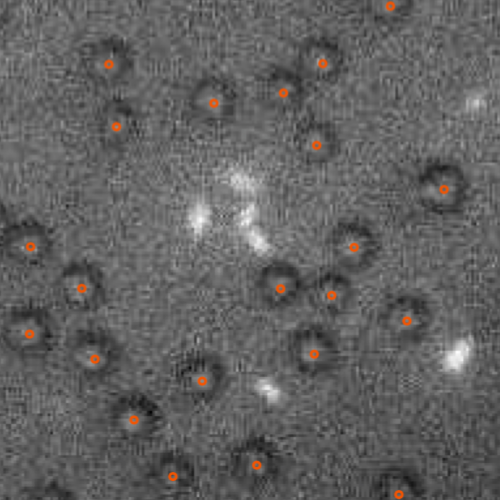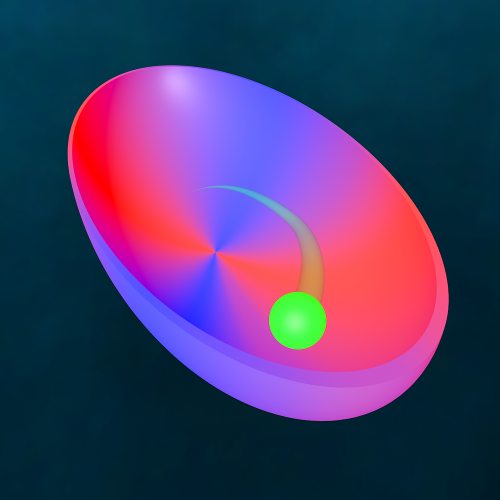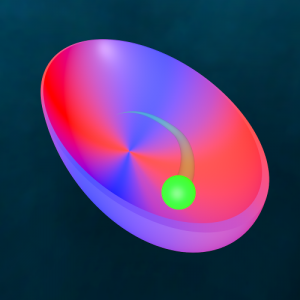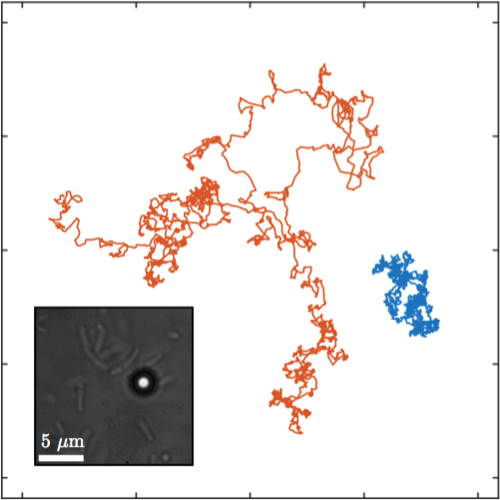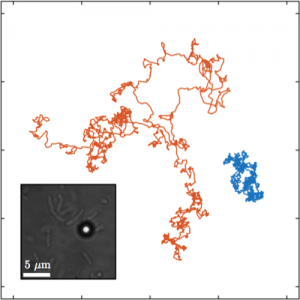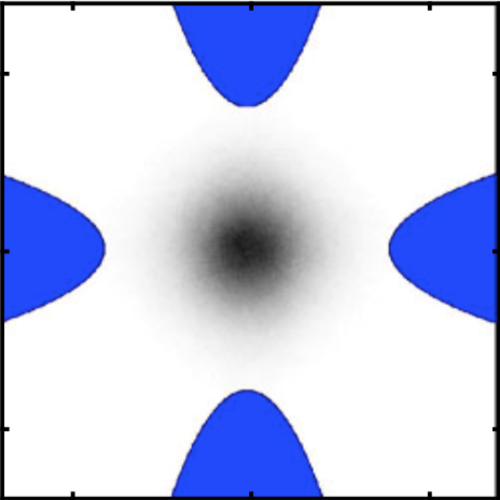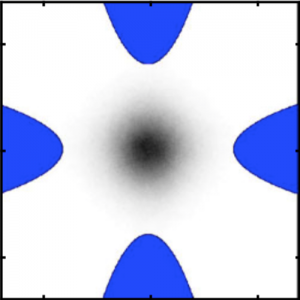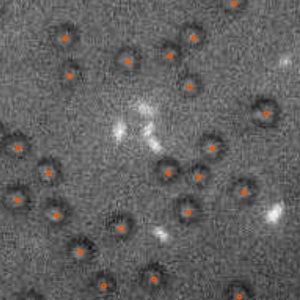
Digital video microscopy enhanced by deep learning
(Cover article)
Saga Helgadottir, Aykut Argun & Giovanni Volpe
Optica 6(4), 506—513 (2019)
doi: 10.1364/OPTICA.6.000506
arXiv: 1812.02653
GitHub: DeepTrack
Single particle tracking is essential in many branches of science and technology, from the measurement of biomolecular forces to the study of colloidal crystals. Standard methods rely on algorithmic approaches; by fine-tuning several user-defined parameters, these methods can be highly successful at tracking a well-defined kind of particle under low-noise conditions with constant and homogenous illumination. Here, we introduce an alternative data-driven approach based on a convolutional neural network, which we name DeepTrack. We show that DeepTrack outperforms algorithmic approaches, especially in the presence of noise and under poor illumination conditions. We use DeepTrack to track an optically trapped particle under very noisy and unsteady illumination conditions, where standard algorithmic approaches fail. We then demonstrate how DeepTrack can also be used to track multiple particles and non-spherical objects such as bacteria, also at very low signal-to-noise ratios. In order to make DeepTrack readily available for other users, we provide a Python software package, which can be easily personalized and optimized for specific applications.
Featured in :
“Deep Learning for Particle Tracking”, Optics & Photonics News (December 1, 2019)
Funding:

|
H2020 European Research Council (ERC) Starting Grant ComplexSwimmers (677511). |
Video 1:
Video 2:
Video 3:
Video 4:
Video 5:
Video 6:
Video 7:
Video 8:
